Three days in a row with a blog post! I’m on a roll.
I didn’t write about my newest yarn because I wanted to have all the details. Here it is, although not on the website yet.
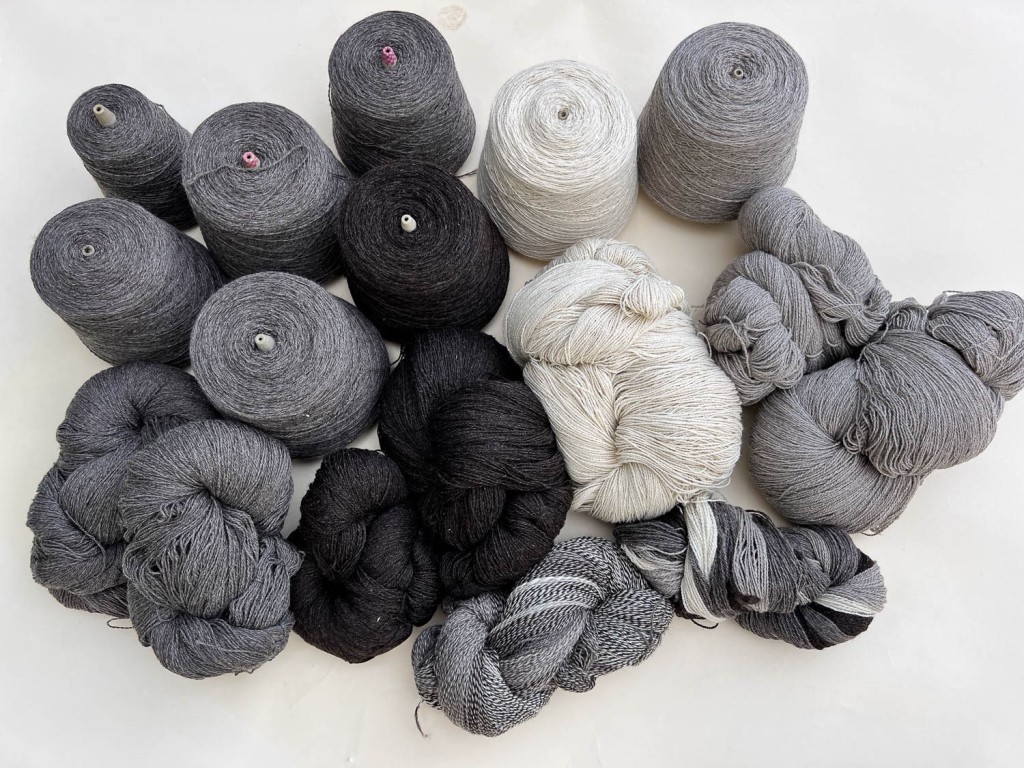
I shared this photo in a previous post. I just picked up the yarn from Valley Oak Mill a week or two ago. This is the last of the 2023 Jacob fiber.
The first thing I need to do before planning a weaving project and before listing the yarn for sale is evaluate the yarn. Measuring wraps/inch (WPI) is one step.
Look at what I finally figured out–how to put photos side-by-side. It only took 20 minutes of trial and error and I don’t know if I can do it again. Now if I could just figure out how to change the size of the spaces .
The point of this is to show the wpi measurements for the same yarn before and after wetting. The yarn on the left is wound straight from the cone. The sample yarn on the right shows the WPI after the yarn has “bloomed”. I soak the skeins in water for about five minutes and then spin them out and let them dry. It is important to plan a project based on what the yarn will look like when the knitted or woven or crocheted project is wet finished. In the case of all these yarns they measured 17 WPI when wound from the cone and 12 WPI after washing. That’s a big difference.
Here is how the black yarn looks.
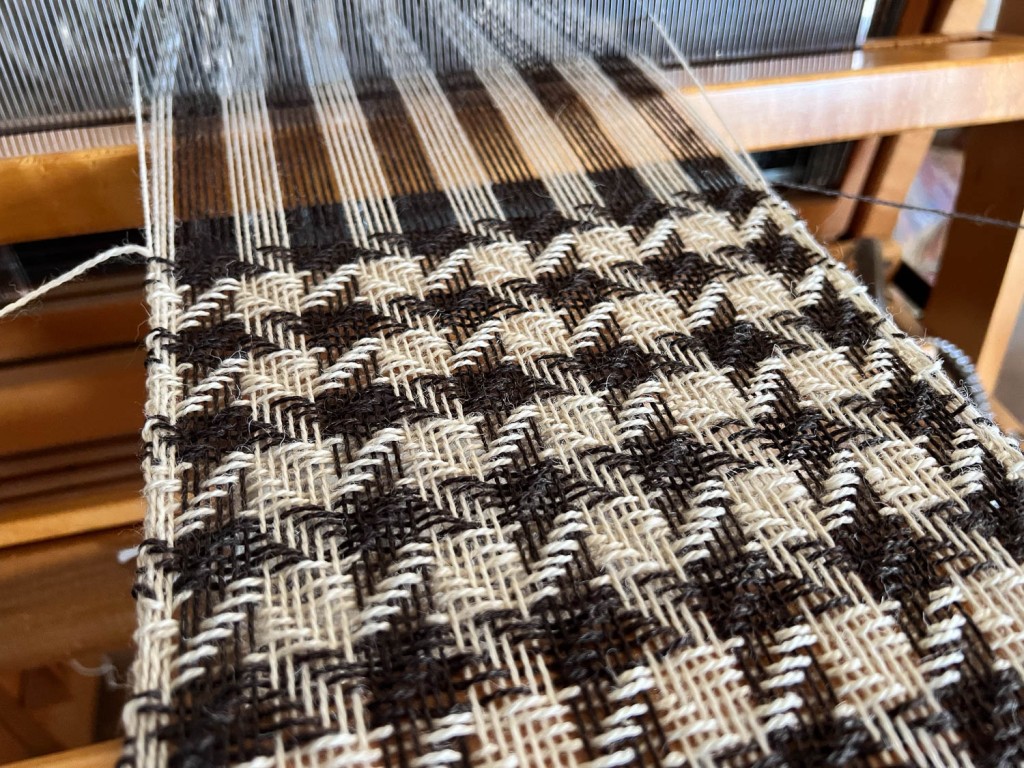
Here is this yarn on the loom. I sett it at 8 epi (ends per inch) based on the 12 WPI measurement. It looks very open but remember that the yarn is under tension on the loom and it has not been wet finished. It will bloom as in the photos above.
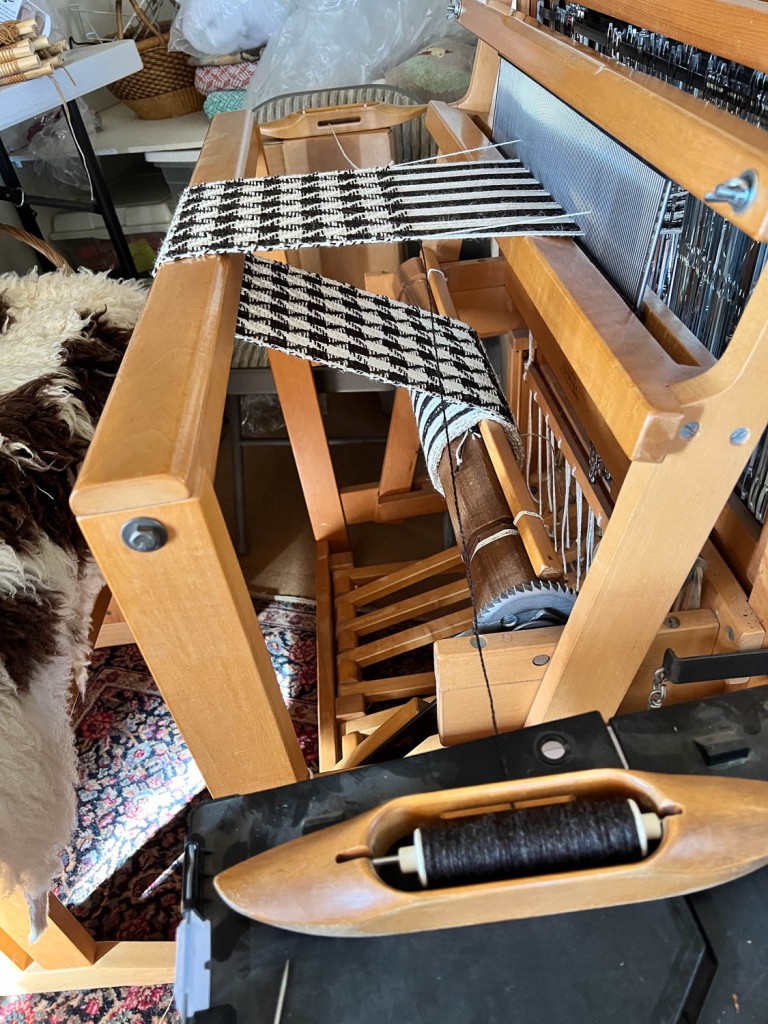
The stars appear due to alternating 6 dark threads and 6 light threads in warp and weft AND the weave structure. Without the two colors you wouldn’t see stars and without the weave structure (tie-up and treadling) you would see a plaid. There is a trick to weaving this without cutting the yarn every time you change color and keeping the selvedges neat. I put boxes at the right height at each side of the loom and rest the unused shuttle there where I can reach under the yarn when I catch the active shuttle for six picks.
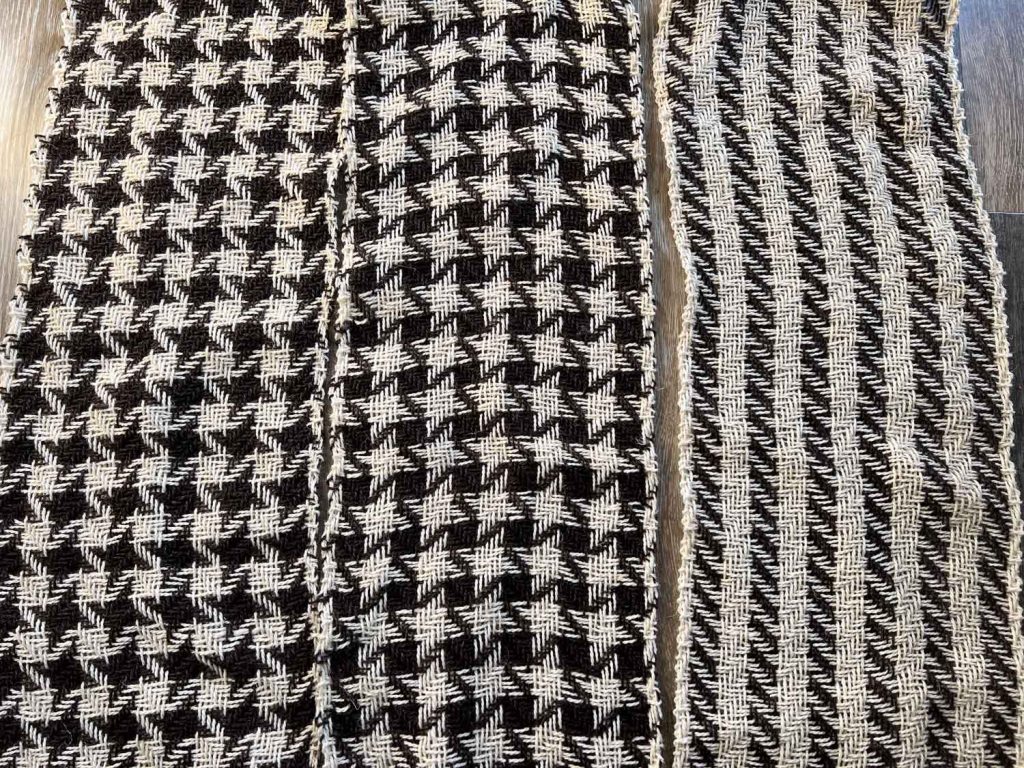
This is how the scarves look off the loom, not yet wet finished. The stars are black on one side of the scarf and white on the other.
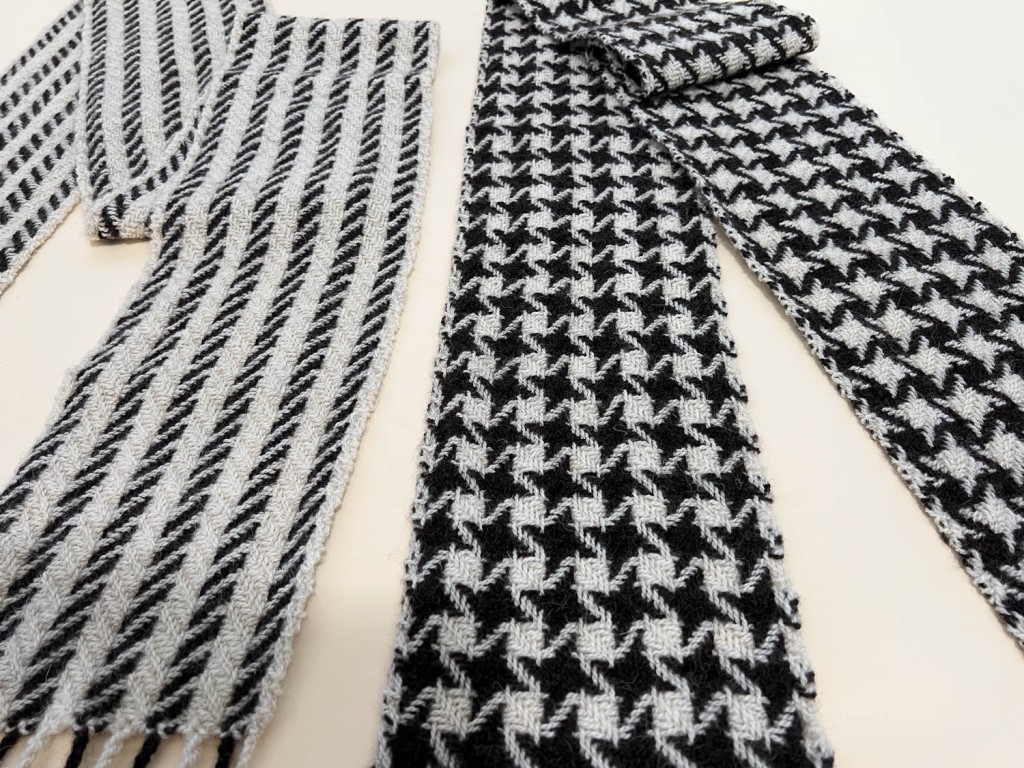
Here are the finished scarves. I have two of the stars scarves and one of the stripes. They may be sold this weekend but I can make more before Christmas. I wonder if I should try other colors. I could use the Timm Ranch naturally dyed yarn or Ashford yarn. I’d like to weave some in cotton as well. Too many ideas, too little time. If you’d like one let me know soon.

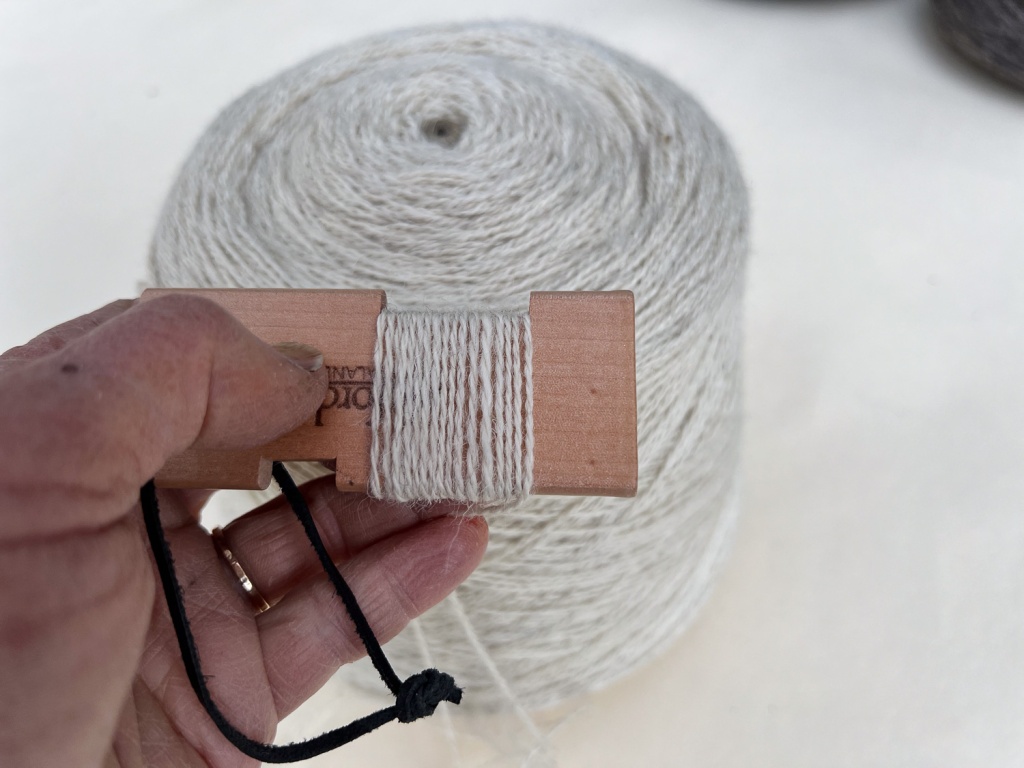
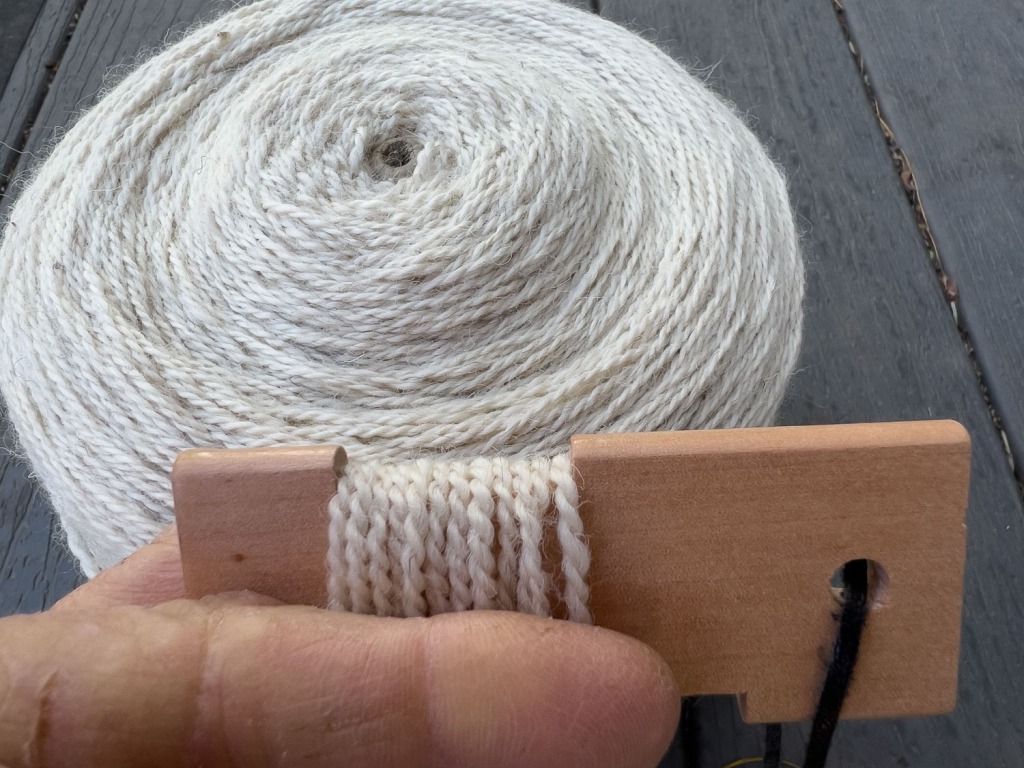
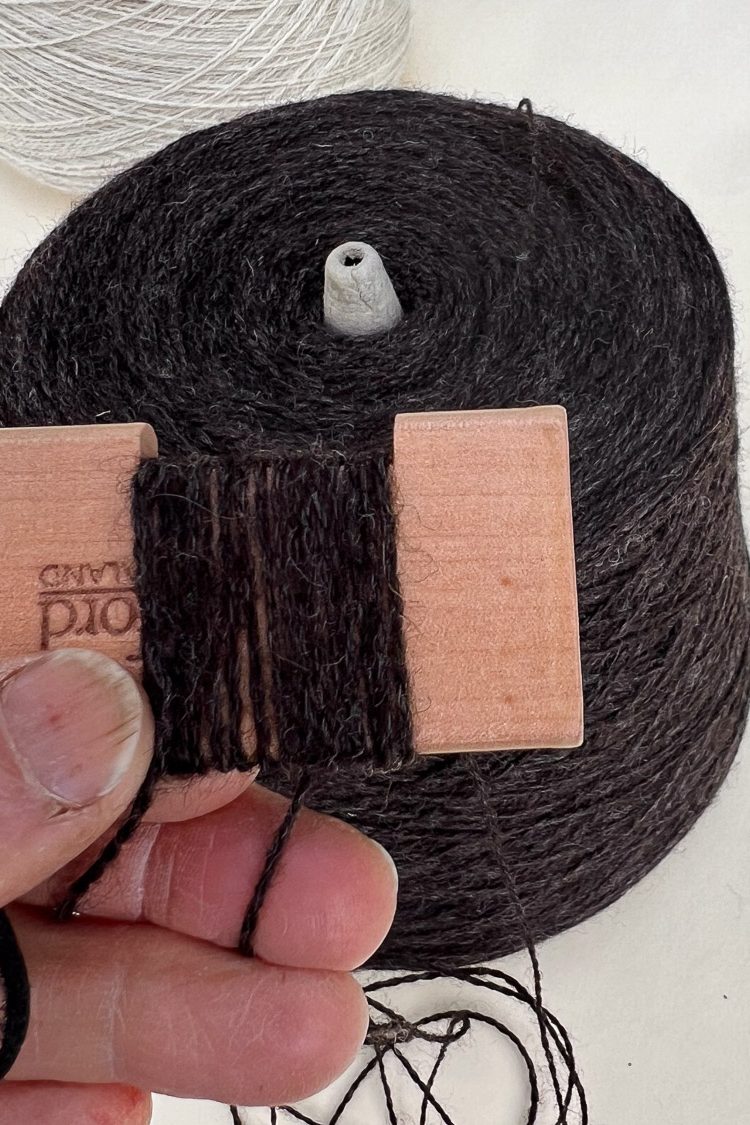
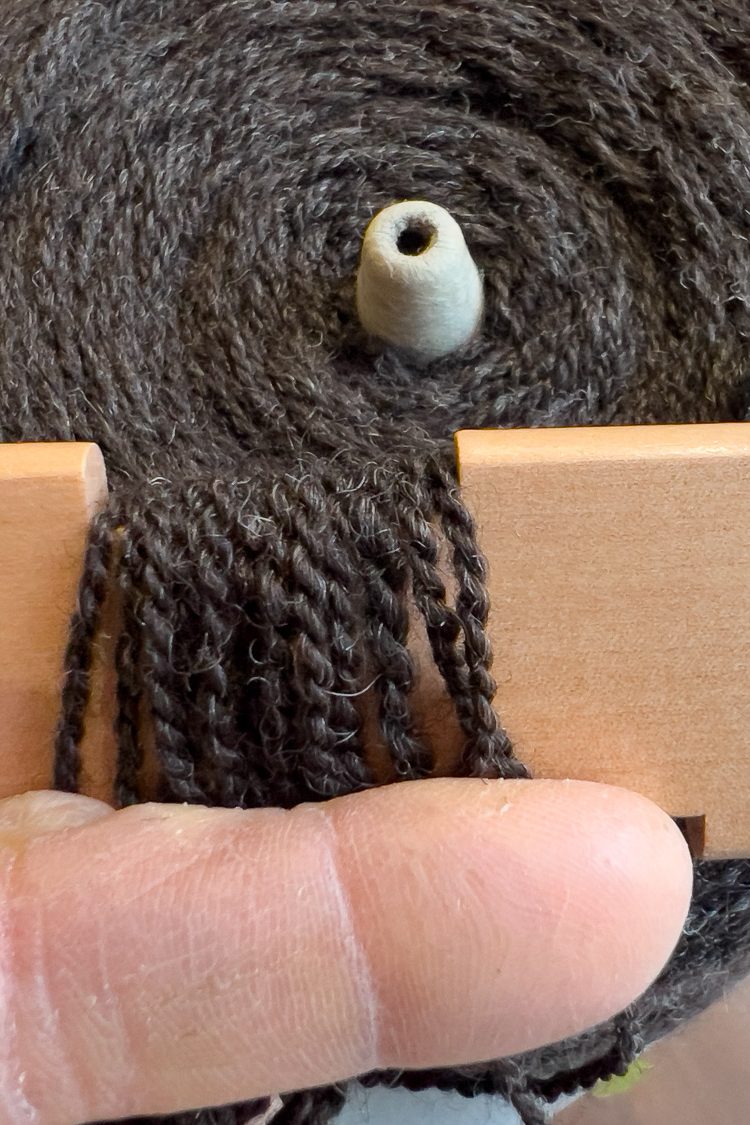
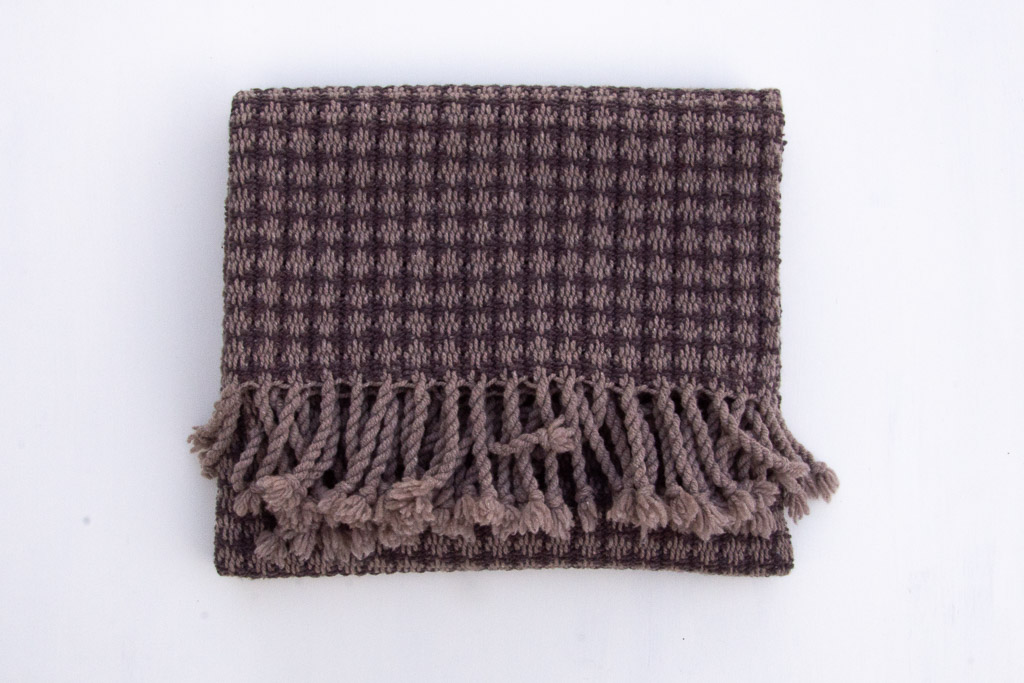
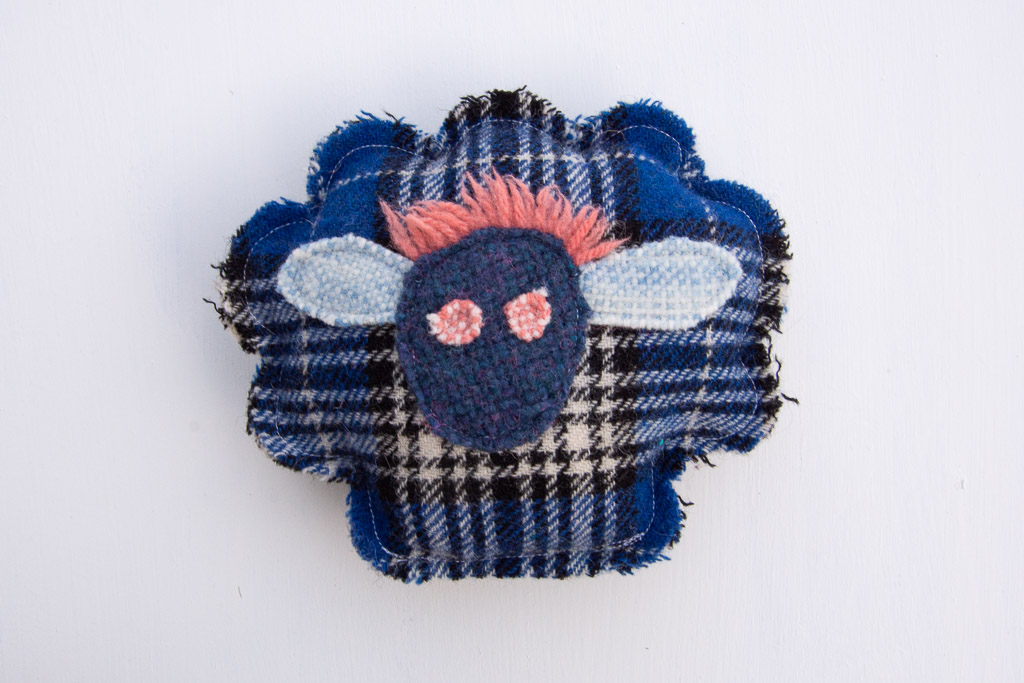
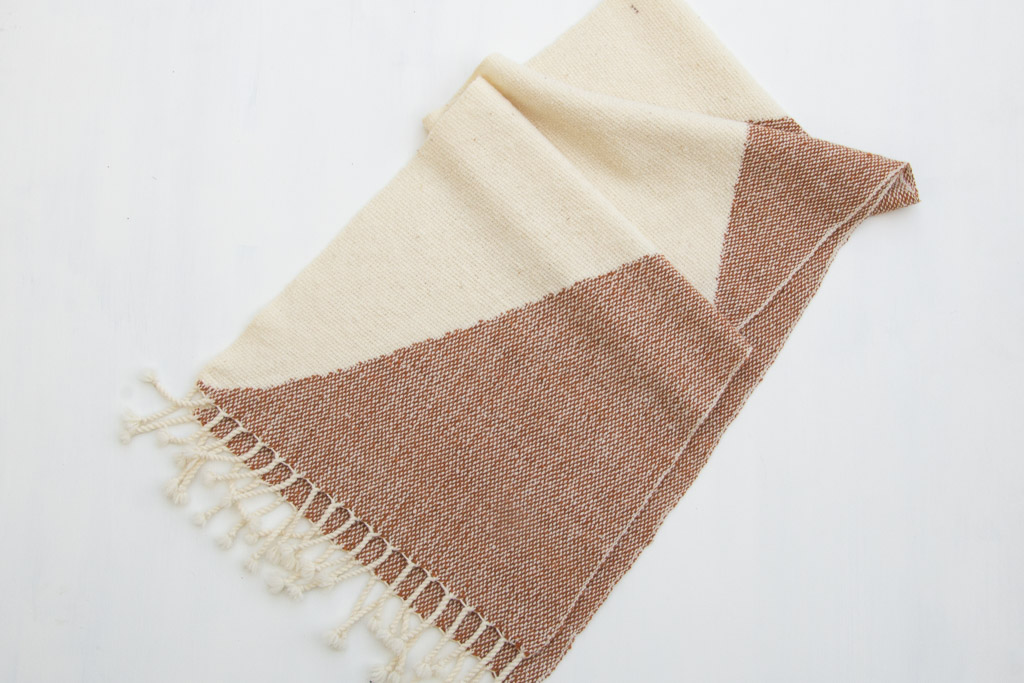 I didn’t list this one because right now I can’t find it. That may mean it is at the Artery. Or did I sell it? This is what I mean be trying to keep track. I’m not doing very well with that.
I didn’t list this one because right now I can’t find it. That may mean it is at the Artery. Or did I sell it? This is what I mean be trying to keep track. I’m not doing very well with that. My niece was nice enough to model for me at Thanksgiving.
My niece was nice enough to model for me at Thanksgiving.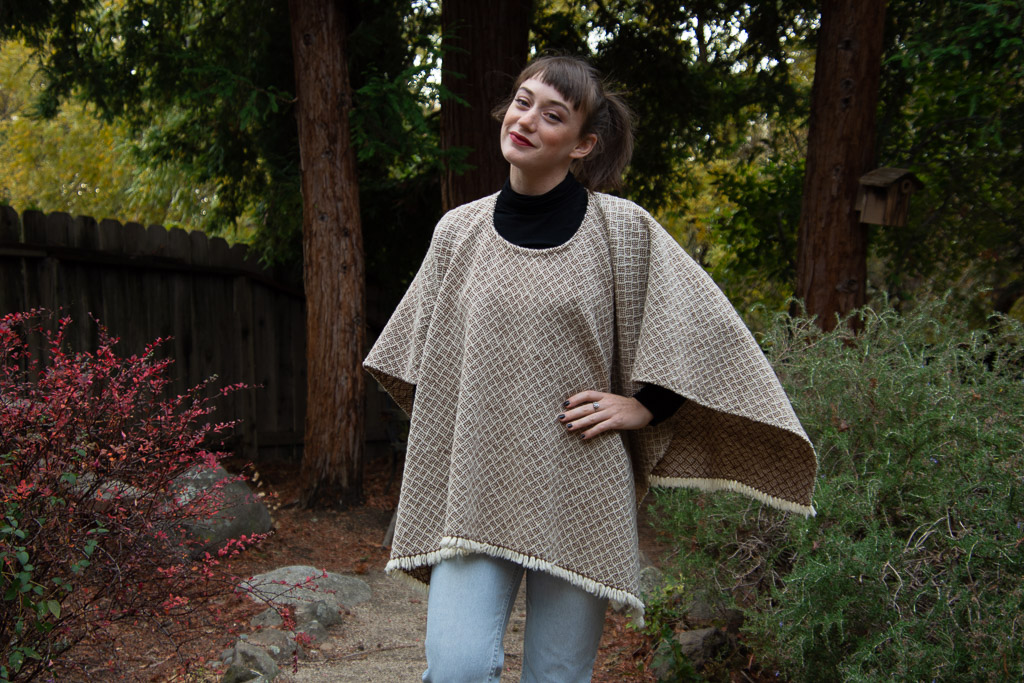
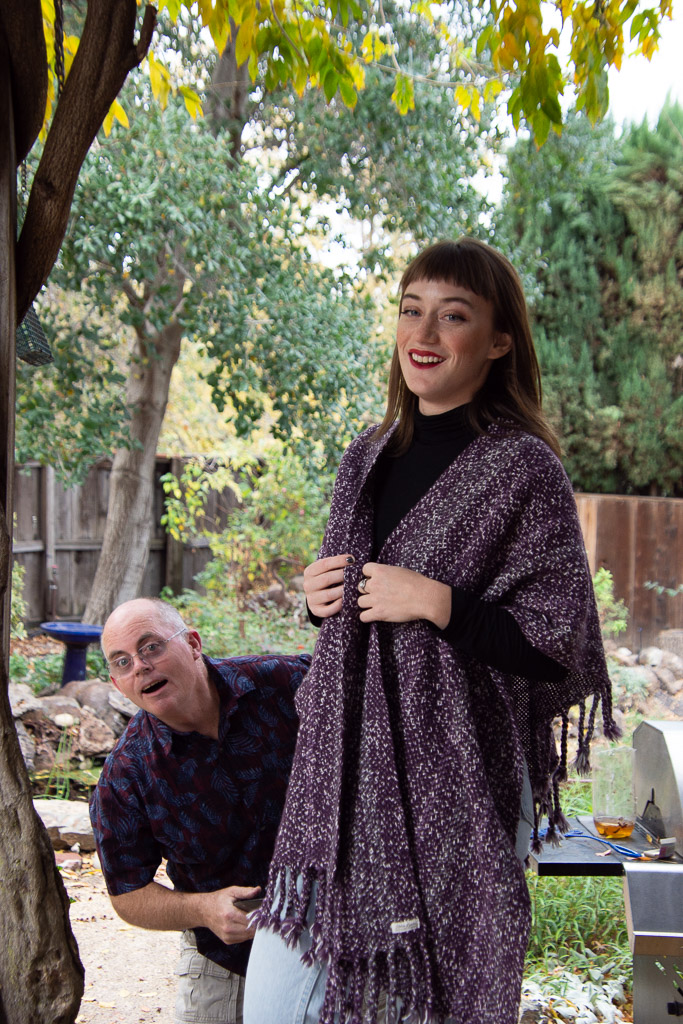 Photobombing brother.
Photobombing brother.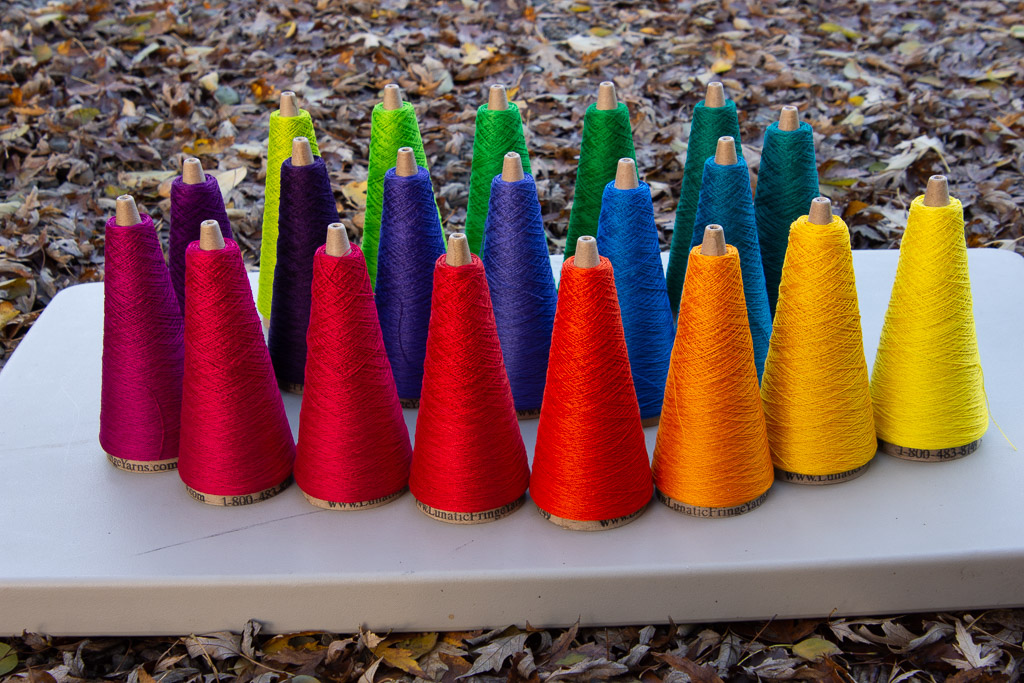 These are yarns from Lunatic Fringe and all appear in the latest scarf I wove. Hopefully I’ll get to that blog before too long.
These are yarns from Lunatic Fringe and all appear in the latest scarf I wove. Hopefully I’ll get to that blog before too long. This is my latest warp. I wound 13 yards of mixed
This is my latest warp. I wound 13 yards of mixed  The other thing to notice about this photo is that the last piece woven on it is so much narrower than the others. This was the fourth shawl on the warp. The one before this one is a different weave structure (advancing twill treadling), but the first two are the same structure as the fourth one. The only difference is the weft yarn. The first three shawls were woven with 2015 Timm Ranch yarn on cones. The weft for the fourth shawl is 2016 Timm Ranch yarn that has been dyed. This is a perfect example of the difference that “finishing” yarn can make.
The other thing to notice about this photo is that the last piece woven on it is so much narrower than the others. This was the fourth shawl on the warp. The one before this one is a different weave structure (advancing twill treadling), but the first two are the same structure as the fourth one. The only difference is the weft yarn. The first three shawls were woven with 2015 Timm Ranch yarn on cones. The weft for the fourth shawl is 2016 Timm Ranch yarn that has been dyed. This is a perfect example of the difference that “finishing” yarn can make.  This is one of the previous batch of shawls. It is mostly Jacob yarn but the weft is last year’s Timm Ranch/Jacob blend used from a cone without washing. In this case the width of the warp in the reed was 30″ with a sett of 6 epi. That is very open but when wet finished the shawl is lightweight and has great drape. However, the finished width is only about 20″ (33% draw-in and shrinkage). So I sett the brown warp the same at 6 epi but started with a 39″ wide warp.
This is one of the previous batch of shawls. It is mostly Jacob yarn but the weft is last year’s Timm Ranch/Jacob blend used from a cone without washing. In this case the width of the warp in the reed was 30″ with a sett of 6 epi. That is very open but when wet finished the shawl is lightweight and has great drape. However, the finished width is only about 20″ (33% draw-in and shrinkage). So I sett the brown warp the same at 6 epi but started with a 39″ wide warp. Here are the shawls from the brown warp after wet finishing. That one that was so much narrower on the cloth beam? That is the one that is a little wider here. It is now 27″ wide (30% draw-in and shrinkage). The shawl in the same pattern but woven with the white weft is 26″ wide (33% draw-in and shrinkage). The difference between width in the reed and the finished piece isn’t much, but the photos show the dramatic difference in how the yarn behaves while it is woven.
Here are the shawls from the brown warp after wet finishing. That one that was so much narrower on the cloth beam? That is the one that is a little wider here. It is now 27″ wide (30% draw-in and shrinkage). The shawl in the same pattern but woven with the white weft is 26″ wide (33% draw-in and shrinkage). The difference between width in the reed and the finished piece isn’t much, but the photos show the dramatic difference in how the yarn behaves while it is woven.  Here is a before and after photo. The bottom shawl has been wet finished. The top one is the same weft yarn and same pattern, but has not been washed. Look at the very first photo in this post. You can see how wide open the yarns are. Off the loom they are a little closer, but that looks nothing like it will when finished.
Here is a before and after photo. The bottom shawl has been wet finished. The top one is the same weft yarn and same pattern, but has not been washed. Look at the very first photo in this post. You can see how wide open the yarns are. Off the loom they are a little closer, but that looks nothing like it will when finished.  An example of trying to take product photos with the help of a Border Collie.
An example of trying to take product photos with the help of a Border Collie. Here is one of the final product photos. I noticed a surprise. I started to see a purple cast to one of the warp yarns. At first I thought that I just hadn’t noticed that shade inside while I was weaving. I tried to convince myself that it was still brown.
Here is one of the final product photos. I noticed a surprise. I started to see a purple cast to one of the warp yarns. At first I thought that I just hadn’t noticed that shade inside while I was weaving. I tried to convince myself that it was still brown. Do you see it here?
Do you see it here?  Another photo of one not washed (no purple) and one washed. I lined up the same warp threads in these two pieces.
Another photo of one not washed (no purple) and one washed. I lined up the same warp threads in these two pieces.  Depending on the light setting in the photo (and maybe your monitor) you may see it more clearly in one of these other photos.
Depending on the light setting in the photo (and maybe your monitor) you may see it more clearly in one of these other photos. In person it is clearly visible, although it doesn’t stand out.
In person it is clearly visible, although it doesn’t stand out.




 Here is the problem. When threading the heddles I inadvertently used 7 heddles from the Shaft #5 when I should have used Shaft #4. This is a 4-shaft structure so #5 didn’t lift at all. It is an easy fix for the second blanket. Just tie Shaft # 5 up to each treadle in which Shaft #4 is engaged.
Here is the problem. When threading the heddles I inadvertently used 7 heddles from the Shaft #5 when I should have used Shaft #4. This is a 4-shaft structure so #5 didn’t lift at all. It is an easy fix for the second blanket. Just tie Shaft # 5 up to each treadle in which Shaft #4 is engaged. 
 However, the only way to fix Blanket #1 was to needle weave all 7 threads in after it was off the loom. That should be easy (over-under-over;over-under-under), but it took hours because of the nature of the boucle yarn. Thank goodness it was only 7 threads.
However, the only way to fix Blanket #1 was to needle weave all 7 threads in after it was off the loom. That should be easy (over-under-over;over-under-under), but it took hours because of the nature of the boucle yarn. Thank goodness it was only 7 threads.


 My old teddy bear (I won’t tell you how old) featured in some of the shots too.
My old teddy bear (I won’t tell you how old) featured in some of the shots too.





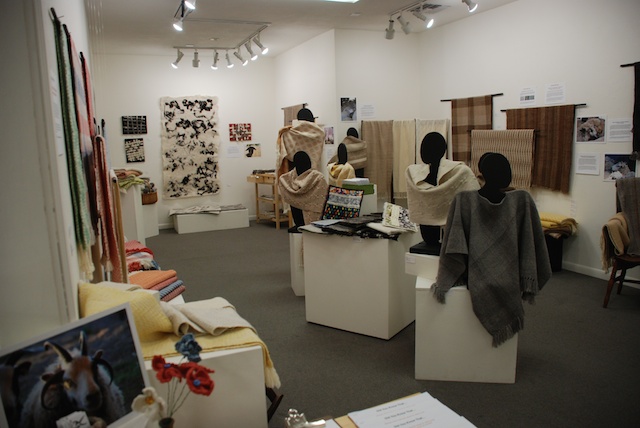 into the corner at the end of the room. I didn’t finish until the next day.
into the corner at the end of the room. I didn’t finish until the next day.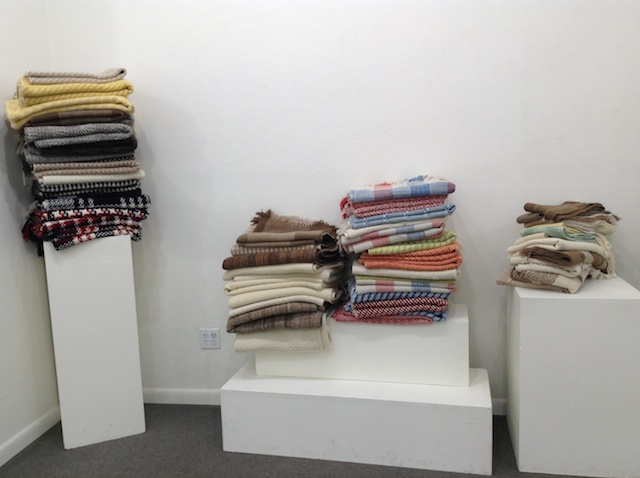 This is some of the blankets all tagged and ready to show again.
This is some of the blankets all tagged and ready to show again.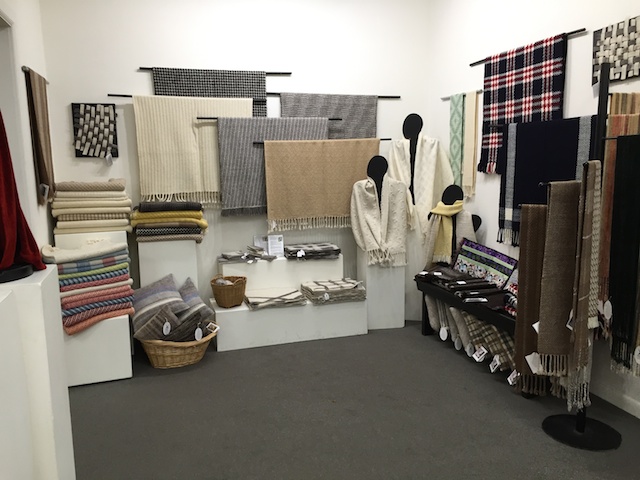
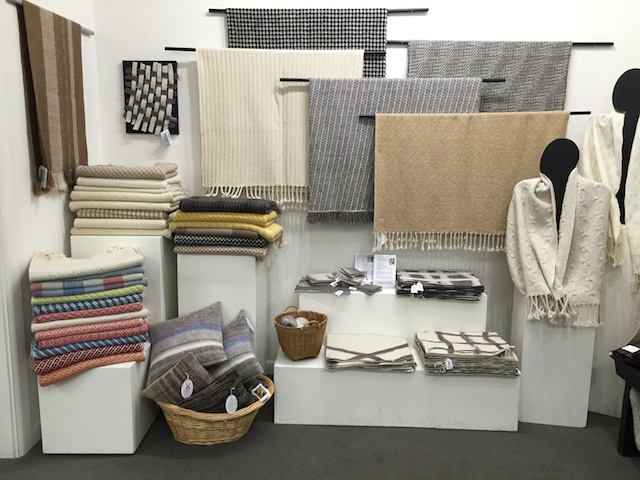
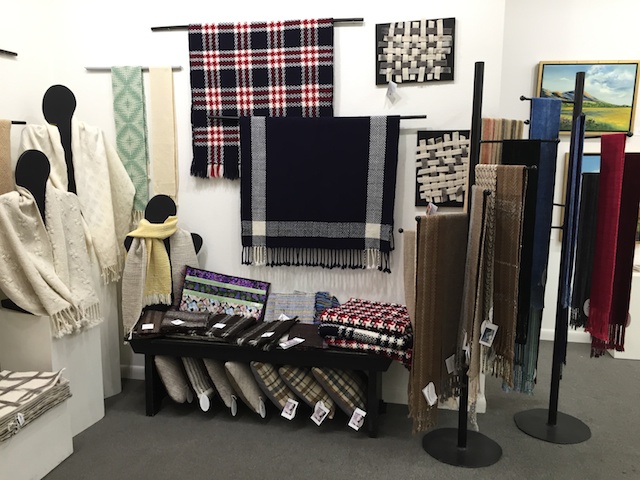
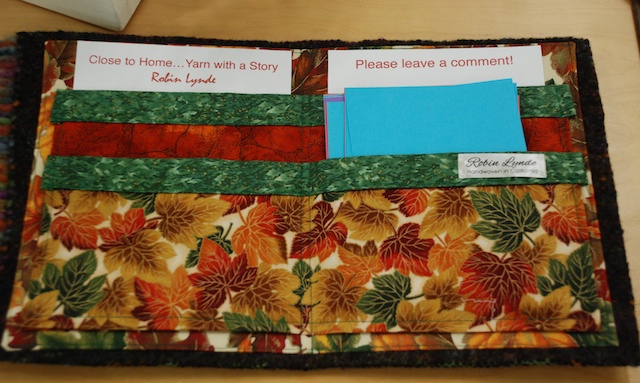
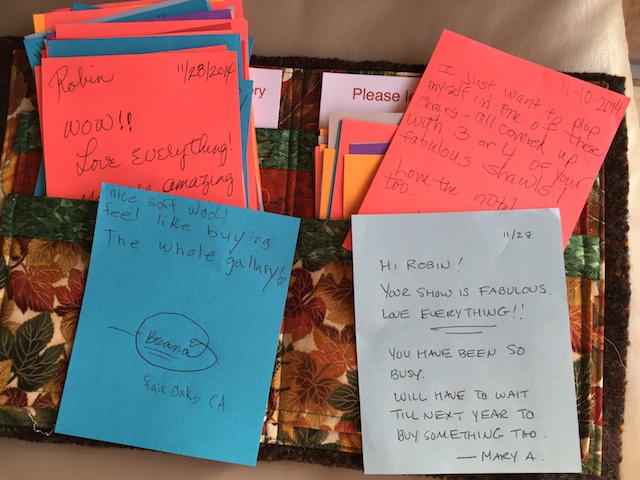
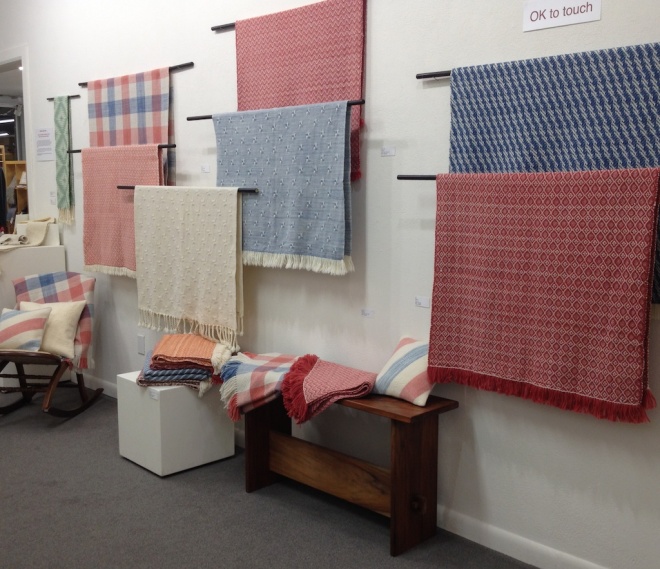 This is one of only two yarns in this show that are not grown in Solano or Marin Counties but I included it because of the variety of colors, naturally dyed, and the quality of the yarn, and it is grown in the Pacific Northwest, which is Closer to Home than many places where wool is grown.
This is one of only two yarns in this show that are not grown in Solano or Marin Counties but I included it because of the variety of colors, naturally dyed, and the quality of the yarn, and it is grown in the Pacific Northwest, which is Closer to Home than many places where wool is grown. 
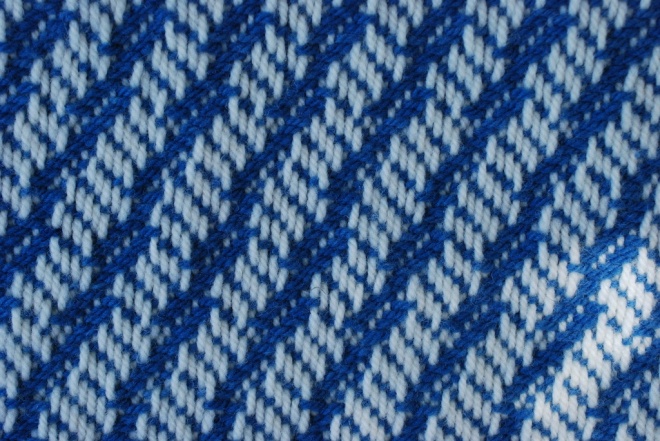
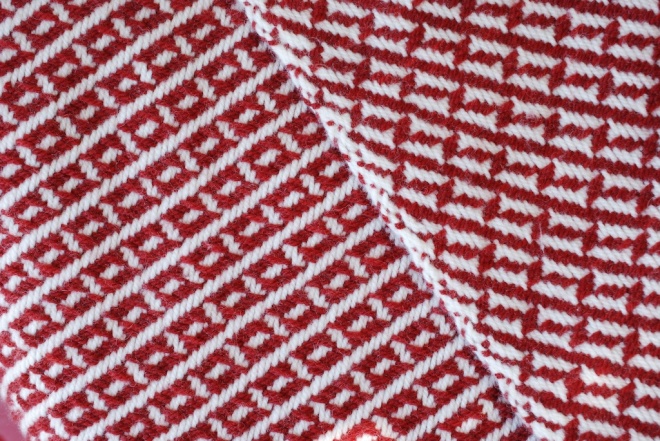
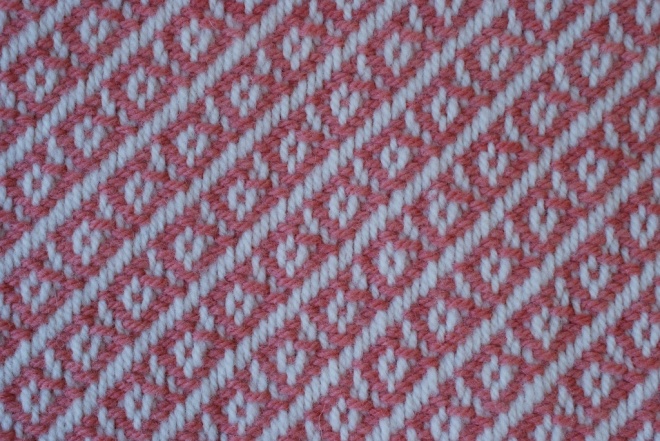
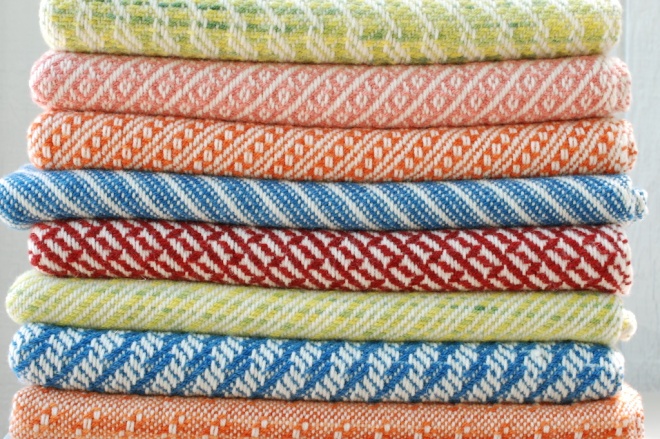 That means that each of the blankets above was woven on the same warp threading in white yarn, but the patterns change by varying the treading and, of course, the color of the weft.
That means that each of the blankets above was woven on the same warp threading in white yarn, but the patterns change by varying the treading and, of course, the color of the weft.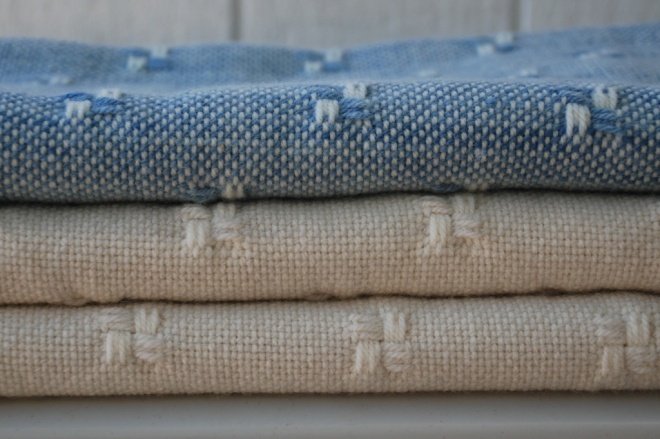
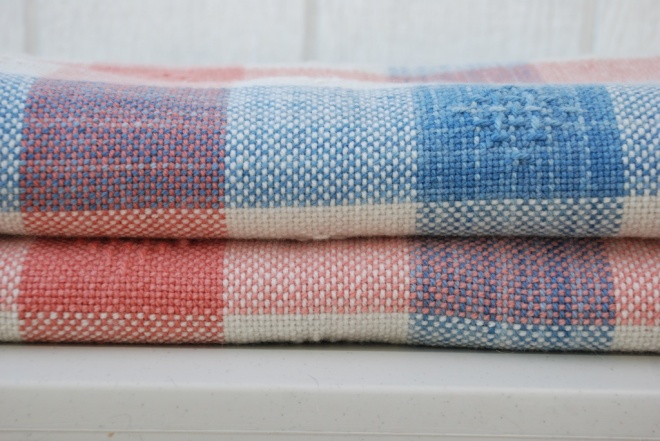
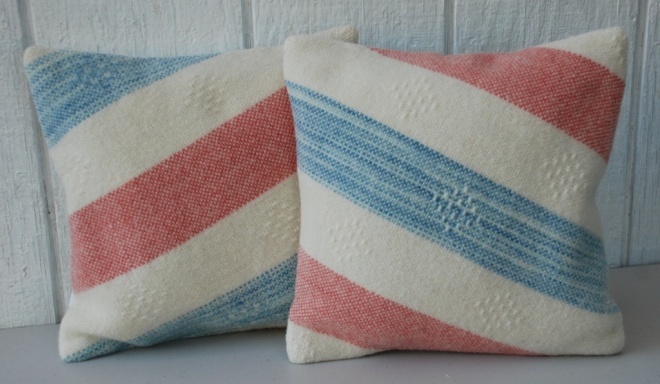 At the end of the warp I just wove in white instead of making it plaid and then I felted the fabric. That made great fabric for pillows.
At the end of the warp I just wove in white instead of making it plaid and then I felted the fabric. That made great fabric for pillows.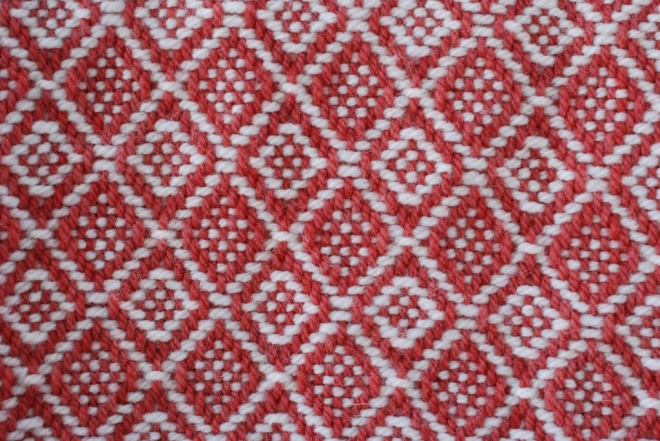
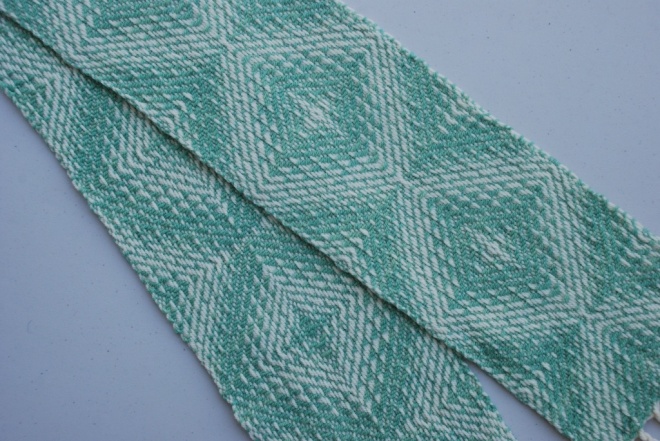










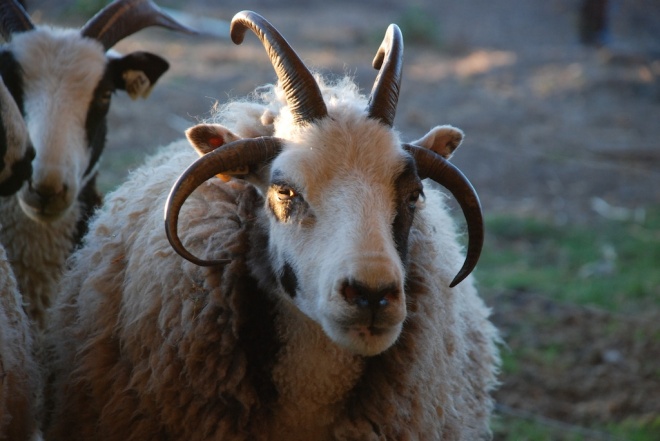
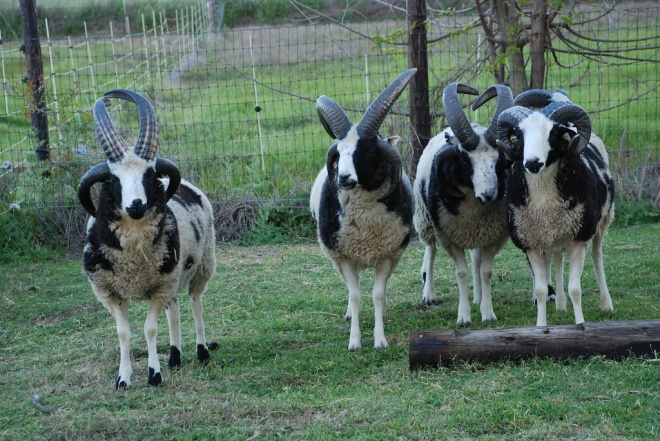
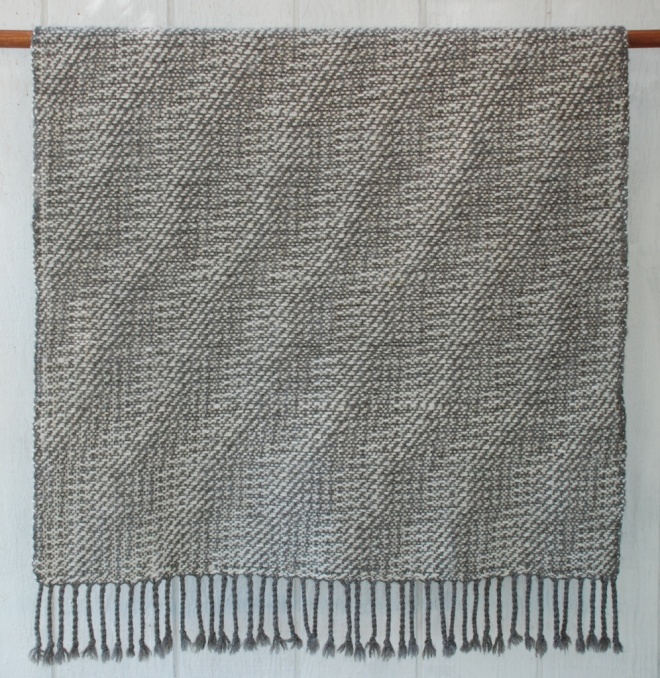
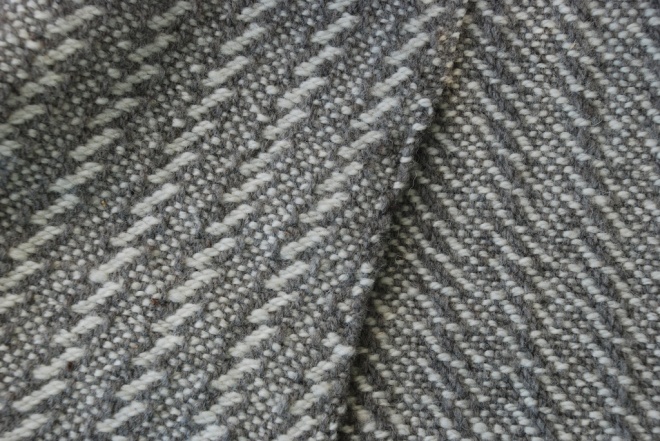
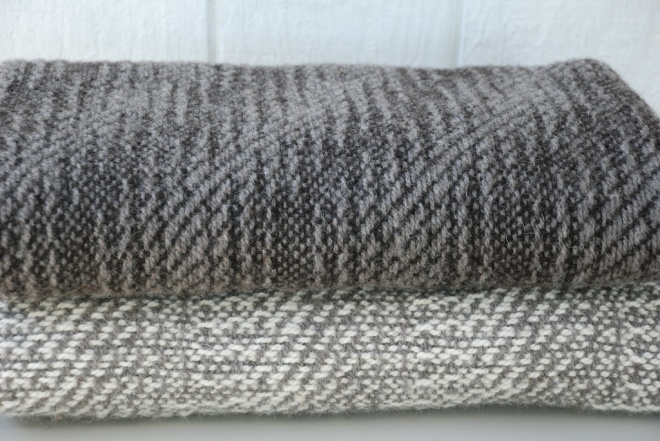
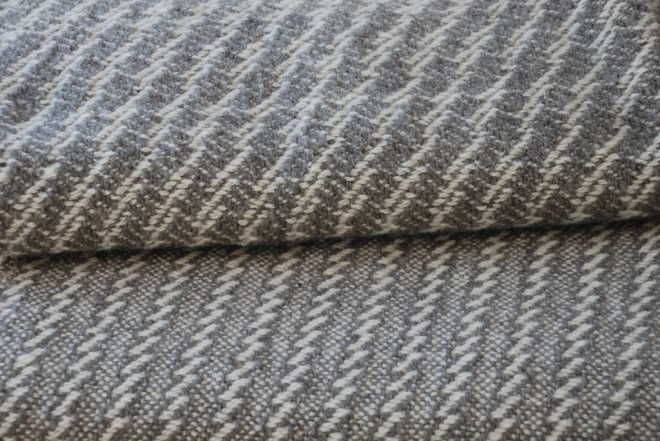

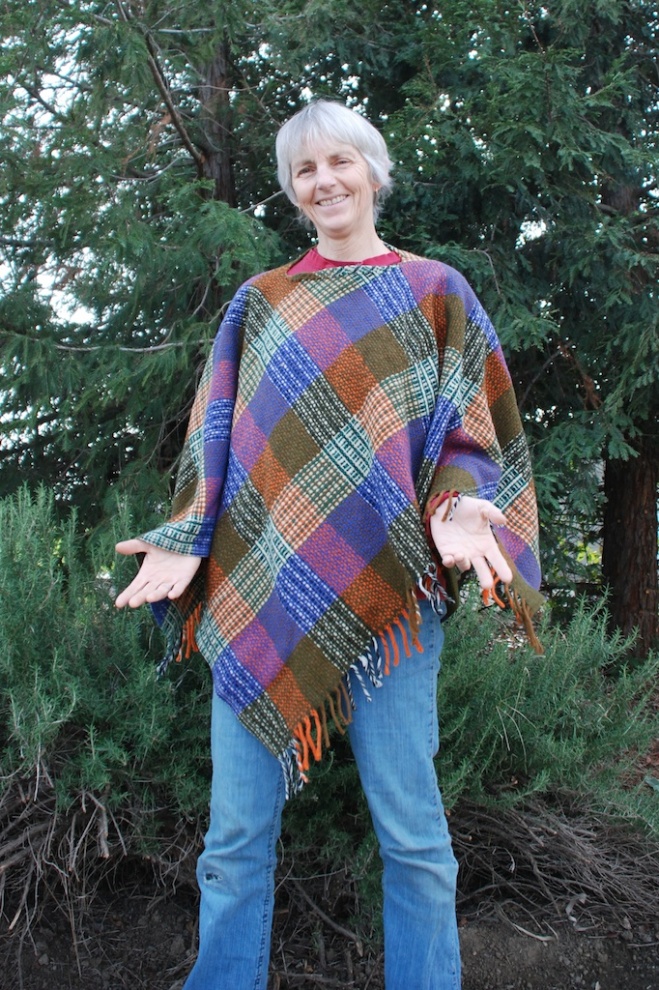
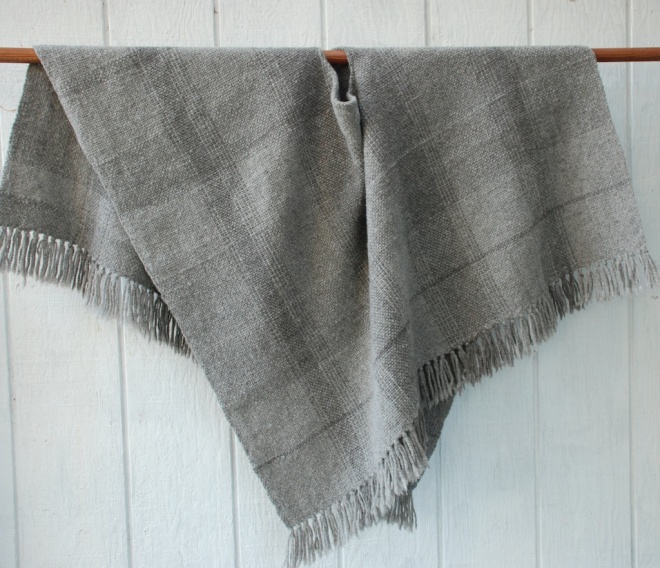
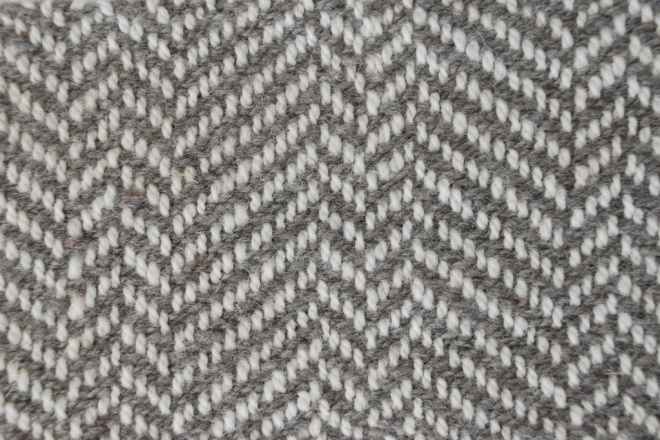 This is a scarf from more of the left-over yarn.
This is a scarf from more of the left-over yarn. In September I got the yarn back from the mill and used it for pieces in my show at
In September I got the yarn back from the mill and used it for pieces in my show at 







